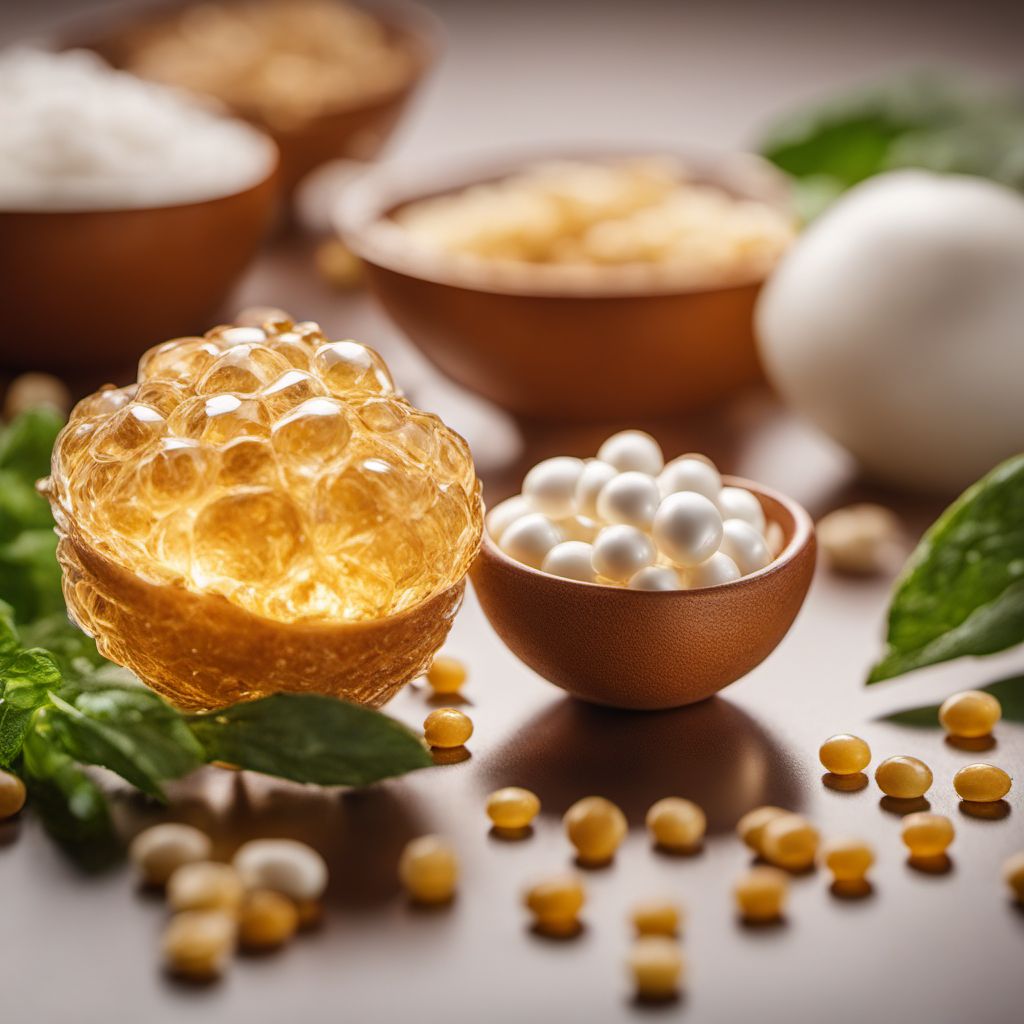
Ingredient
Molybdenum
The Essential Trace Mineral
Molybdenum is an essential trace mineral that serves as a cofactor for various enzymes involved in important biological processes. It plays a crucial role in nitrogen metabolism, DNA synthesis, and detoxification. With its unique properties, molybdenum is a vital component of a healthy diet and is found in a variety of foods.
Origins and history
Molybdenum was discovered in 1778 by Swedish chemist Carl Wilhelm Scheele. It is named after the Greek word 'molybdos,' meaning lead, due to its resemblance to lead ores. Molybdenum is naturally present in soil and can be found in legumes, grains, leafy vegetables, and organ meats. It is also used in various industrial applications, including the production of steel alloys.
Nutritional information
Molybdenum is a trace mineral that is required in small amounts for optimal health. It supports enzyme activity, aids in the metabolism of certain amino acids, and plays a role in the detoxification of harmful substances. The recommended daily intake of molybdenum for adults is approximately 45 micrograms.
Allergens
There are no known allergens associated with molybdenum.
How to select
When selecting foods rich in molybdenum, opt for fresh and organic produce whenever possible. Look for legumes, such as lentils and beans, whole grains like barley and quinoa, and leafy green vegetables like spinach and kale. Choose organ meats like liver in moderation as they are also good sources of molybdenum.
Storage recommendations
To maintain the freshness and quality of molybdenum-rich foods, store them in a cool, dry place away from direct sunlight. Properly sealed containers or packaging can help prevent moisture and air exposure, which can degrade the nutrient content.
How to produce
Molybdenum cannot be produced by amateurs at home as it requires specialized extraction processes. However, it can be obtained through a balanced diet that includes molybdenum-rich foods.
Preparation tips
Molybdenum-rich foods can be incorporated into various dishes by adding legumes to soups, stews, or salads, using whole grains as a base for pilafs or side dishes, and including leafy green vegetables in stir-fries or smoothies. It is important to cook these ingredients properly to maximize nutrient absorption.
Culinary uses
Molybdenum is commonly used in the production of steel alloys, catalysts, and lubricants. In culinary applications, it is primarily used as a nutrient-rich ingredient in vegetarian and vegan dishes, providing essential minerals and enhancing the overall nutritional value of meals.
Availability
Molybdenum-rich foods are commonly available in many regions and countries, especially those with a diverse agricultural industry. However, the concentration of molybdenum in soil can vary, affecting its presence in crops.
More ingredients from this category » Browse all

Chromium
The Mighty Mineral: Unveiling the Power of Chromium
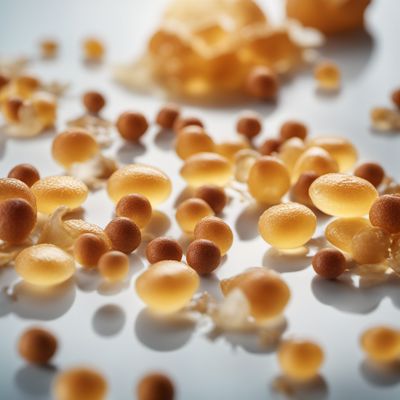
Fluorine
"The Mighty Element: Unleashing the Power of Fluorine"
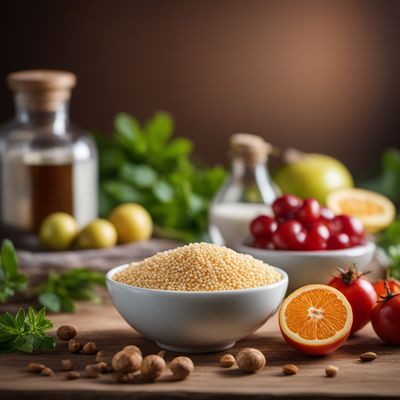
Phosphorus
The Essential Mineral
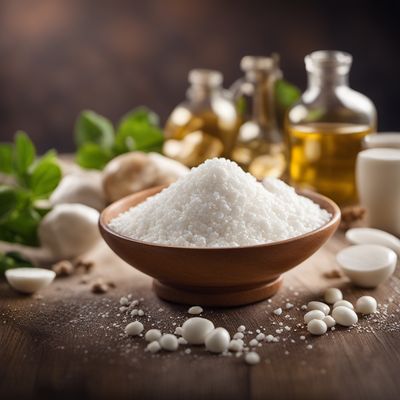
Selenium
"The Mighty Mineral: Unleashing the Power of Selenium"

Copper
The Versatile Element: Unleashing the Power of Copper
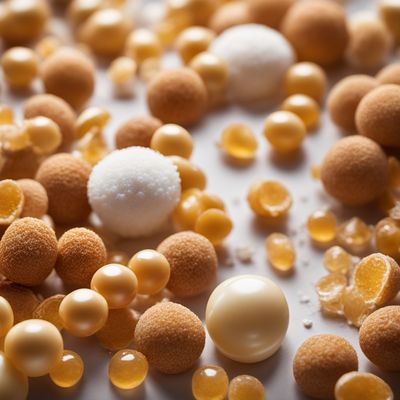
Magnesium
"The Mighty Mineral: Unleashing the Power of Magnesium"

Zinc
The Mighty Mineral: Unleashing the Power of Zinc

Iodine
"The Essential Element: Unveiling the Power of Iodine"

Bromine
The Versatile Element of Bromine
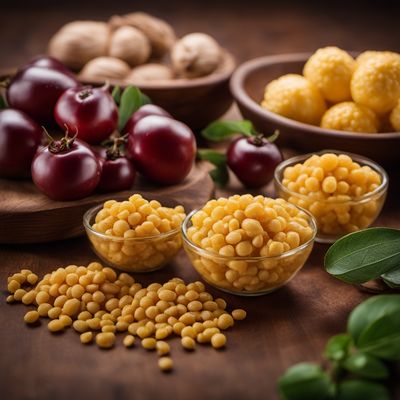
Manganese
The Mighty Mineral: Unveiling the Power of Manganese
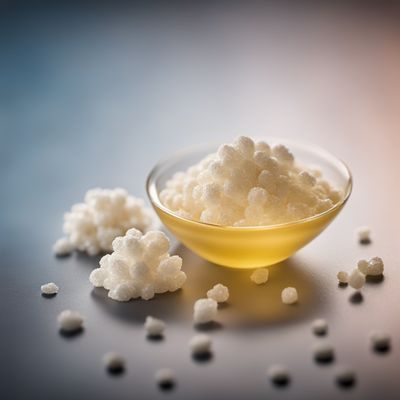
Calcium
The Mighty Mineral: Unleashing the Power of Calcium

Potassium
The Essential Electrolyte: Unleashing the Power of Potassium